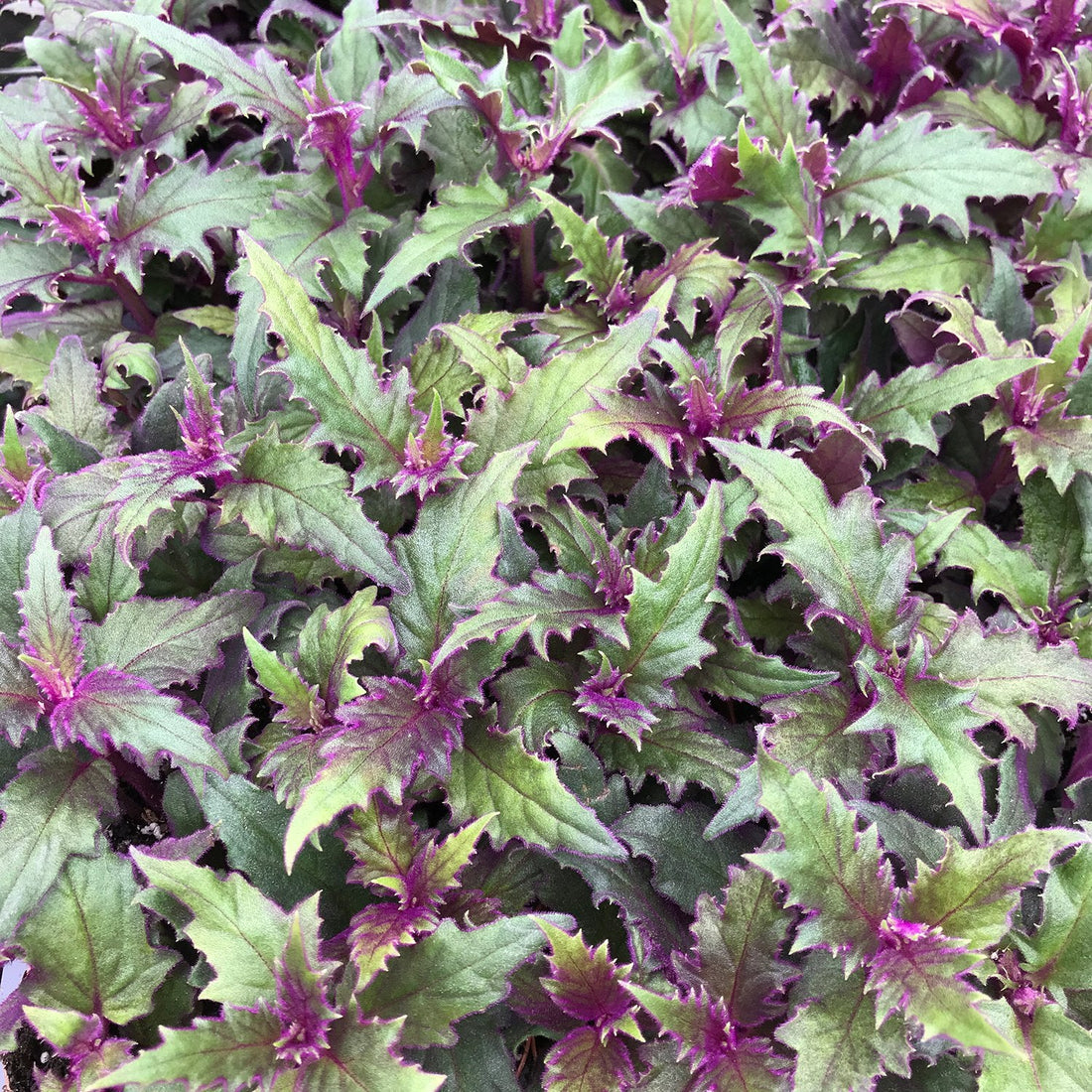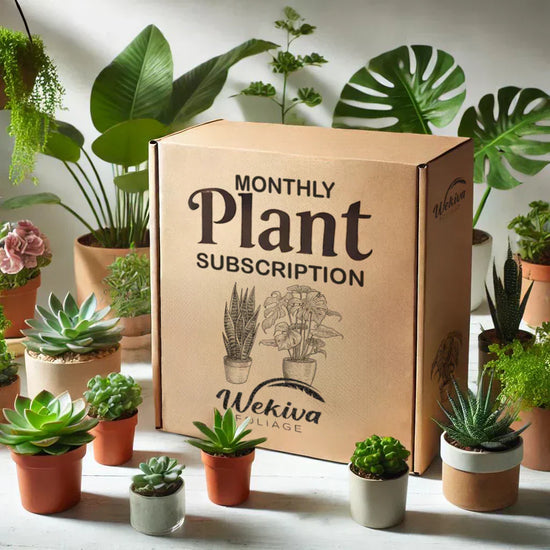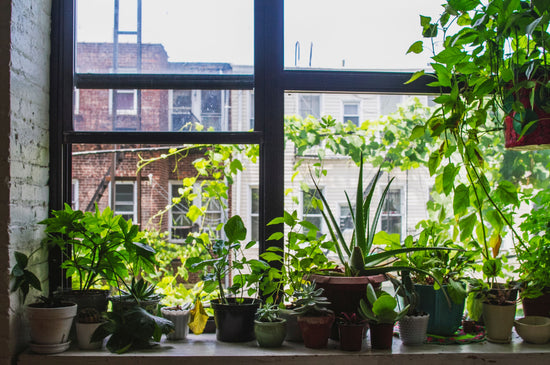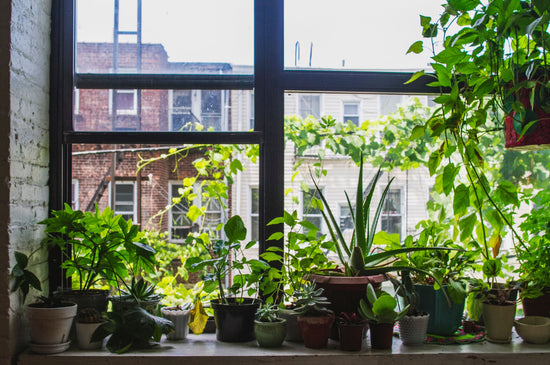Royal Velvet Beauty: The Allure of the Purple Passion Plant

The Gynura aurantiaca, also known as the Purple Passion Plant or Purple Velvet Plant, has captivated houseplant enthusiasts with its luxurious velvety leaves and vibrant purple hue. This tropical beauty is a stunning addition to any indoor garden, bringing a touch of royal elegance to your home.
What Makes the Purple Passion Plant Special?
The Gynura aurantiaca purple passion plant stands out for its unique aesthetic and adaptability. Let’s explore the qualities that make it a favorite among plant lovers:
-
Velvety Foliage: Its soft, shimmering purple leaves offer a tactile and visual appeal unmatched by other houseplants.
-
Low Maintenance: Perfect for beginners and seasoned plant parents alike, the Purple Passion Plant thrives with minimal effort.
-
Air Purifying: This plant improves indoor air quality, making it as beneficial as it is beautiful.
-
Versatility: Whether showcased in a hanging planter or as a tabletop centerpiece, it adapts effortlessly to various settings.
-
Conversation Starter: Its striking appearance never fails to draw attention and admiration.
How to Care for Your Purple Passion Plant
Light Requirements
Place your purple passion plant in bright, indirect light to maintain its vibrant color. Direct sunlight can scorch the leaves, while low light may cause the purple hue to fade. East or south-facing windows are ideal.
Watering
Water your Gynura aurantiaca when the top inch of soil feels dry. Avoid overwatering, as this can lead to root rot. Make sure your indoor planter has proper drainage to prevent waterlogging.
Temperature and Humidity
This plant thrives in temperatures between 60°F and 75°F. High humidity is essential for its health, so consider misting it regularly or using a humidifier to replicate its natural tropical habitat.
Soil and Fertilizer
Use well-draining soil with added perlite or sand to promote healthy growth. Feed your plant with a balanced liquid fertilizer every 4-6 weeks during the growing season.
Pruning
Prune your purple passion plant regularly to maintain its shape and encourage bushy growth. Remove any yellow or damaged leaves to keep it looking its best.
Common Issues and Solutions
-
Yellow Leaves: This is often a sign of overwatering. Adjust your watering schedule accordingly.
-
Fading Color: Insufficient light can dull its vibrant purple hue. Move the plant to a brighter location.
-
Pests: Spider mites and aphids may target this plant. Treat infestations with neem oil or insecticidal soap.
Decorating with the Purple Velvet Plant
The Purple Velvet Plant is incredibly versatile:
-
Hanging Planters: Its trailing stems cascade beautifully, adding drama and elegance.
-
Table Centerpieces: Use it as a focal point in your living or dining area.
-
Indoor Plant Arrangements: Combine it with green foliage plants for a dynamic and colorful display.
Where to Find the Purple Passion Plant
The Purple Passion Plant is a rare gem among houseplants. Discover high-quality starter plants at Wekiva Foliage and bring this stunning beauty into your home.
FAQ
1. How often should I water my Purple Passion Plant?
Water when the top inch of soil feels dry. Avoid overwatering to prevent root rot.
2. Can the Purple Passion Plant grow in low light?
While it can survive in low light, its vibrant purple color will fade. Bright, indirect light is recommended.
3. Is the Purple Passion Plant pet-safe?
No, the Purple Passion Plant is toxic to pets if ingested. Keep it out of reach of cats and dogs.
4. How do I propagate the Purple Passion Plant?
Propagate the plant using stem cuttings. Place cuttings in water or moist soil until roots develop.
5. What should I do if my plant’s leaves turn brown?
Brown leaves may indicate low humidity or inconsistent watering. Increase humidity levels and maintain a steady watering routine.
Experience the royal elegance of the Purple Passion Plant. Its velvety foliage, vibrant hues, and easy care make it a must-have for every indoor garden.





